7 New Features In Windows 10's Latest Leaked Builds
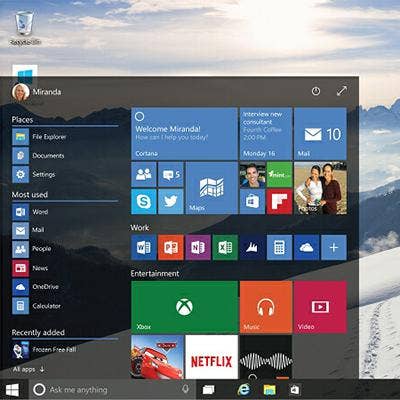
Windows 10 Refinements
Recently leaked new builds of Windows 10 have added Start Menu transparency, dozens of icons -- including a redesigned recycle bin -- and many other features, both cosmetic and substantive. Apps can be moved more easily between virtual desktops, and lots of bugs have been exterminated. Between the two builds -- 10,036 found its way to the torrent sites last Friday, and 10,041 was leaked not long after in a blog post Windows 10 is looking extremely polished. As for release, Microsoft has stuck to its "later this year" timeline, but the rumor mill has it coming out as soon as this summer. Here's a rundown of new features.
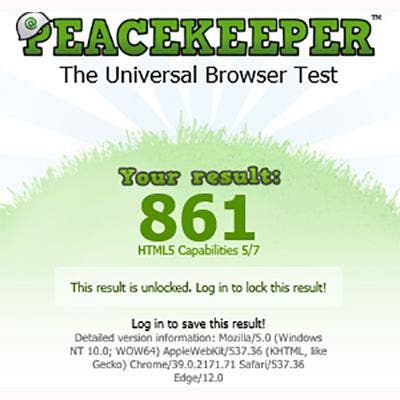
Spartan Browser
On the news this week that Microsoft planned to replace Internet Explorer with Spartan, we went hunting for updates to the smaller-footprint browser that would be the successor to IE. Alas, both builds were lemons when it came to new browser code. To make lemonade, we tested the performance of the Spartan code we did have (which has not been updated since build 9926) and compared it with IE 11 and Chrome 40. And we weren't soured on the results. Results from the PeaceKeeper browser test put Chrome on top with a score of 895, Spartan slightly behind at 861, and IE11 at the bottom with 719.
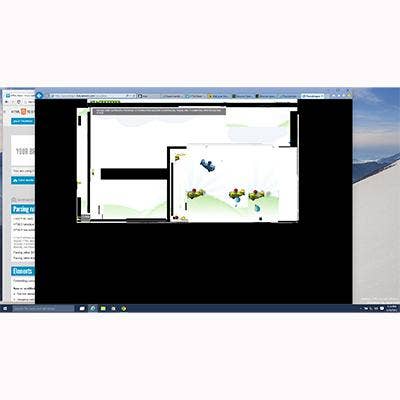
Too Spartan
There's still lots more work to do if Microsoft wants its new baby browser to compete with mature products from Google and Mozilla. In tests, Spartan had trouble rendering more than about a dozen animated sprites on the screen at one time and it didn't contain a full complement of video codecs. We also visited our standard HTML5 compliance test site , where Spartan scored 365 out of a possible 555. Chrome got a score of 518.
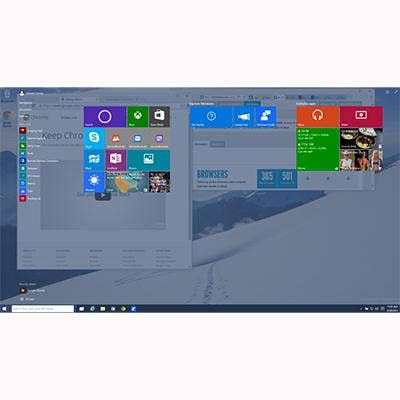
Start-Screen Overlay
On the plus side, a new double-arrow control in the upper right-hand corner of the Start Menu expands the menu to fill the screen with a transparent overlay. This makes visible all tiles and many app icons (or all, if so desired) while keeping the Desktop clearly in view below. We found this mode to be so much less intrusive than the tyrannical Windows 8 Start Screen, which took over the entire operation. Once the Start Menu is expanded, it stays that way even when you return to it from the desktop. Switching between Desktop and Start Menu is still done using the Windows key or button.
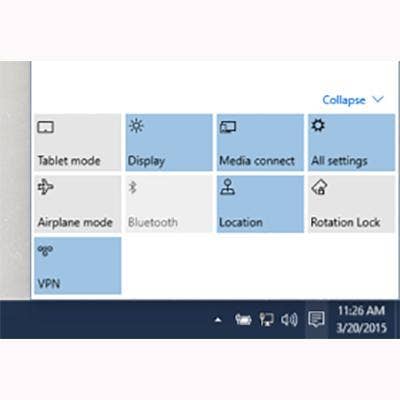
Notifications
When in Desktop mode, a Notifications panel slides in from screen right and displays alerts on top and controls for accessing common settings at bottom (shown). The Collapse control shrinks the display to a single line of four controls. These controls also appear in other "fly-outs," such as the new one for network connections.
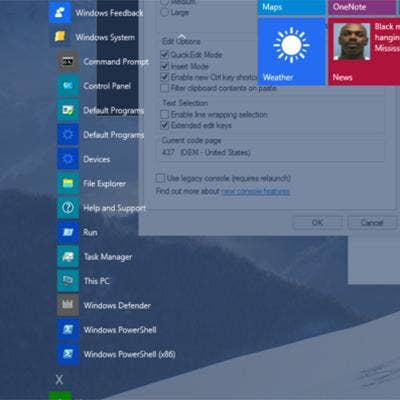
Windows System Folder
Microsoft has paved over what was once a well-established footpath leading to oft-used Windows applets. The Command Prompt, Control Panel, This PC, Windows PowerShell and others are now located in the Windows System folder (shown). Developers of this build might also have rejiggered some of the keyboard shortcuts because CTL-WIN-D no longer brings up a new virtual desktop, but most others still work as before.
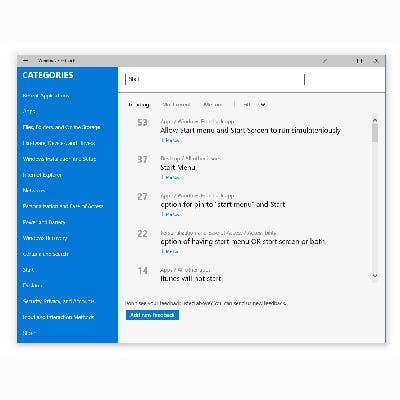
Feedback App
Microsoft in its tech preview builds periodically asks for feedback, usually after accessing a particular feature. It even built a happy face into IE11 and prompts testers to send a frown when something displeases them. A new version of the Feedback app, which gathers tester comments in one place, adds filtering and a "me too" function for piling onto a common complaint.
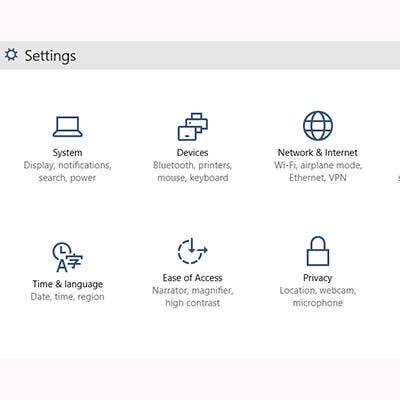
User Prefs
When gathering feedback, sometimes Microsoft isn't asking the right questions. After we accessed the Settings app, a prompt appeared asking if we preferred it over the Control Panel. Our answer was this: Either the Control Panel or the Settings app would be just fine. Our real preference would be to have a single panel where app settings can be controlled. Dividing settings among two or more panels causes frustration and confusion, and wastes the time it takes to look for the correct panel when seeking to change a setting, especially if it's one that's not accessed very often. This is something we've been asking for since Windows 8 first appeared. We're glad Microsoft is finally asking for feedback about it.